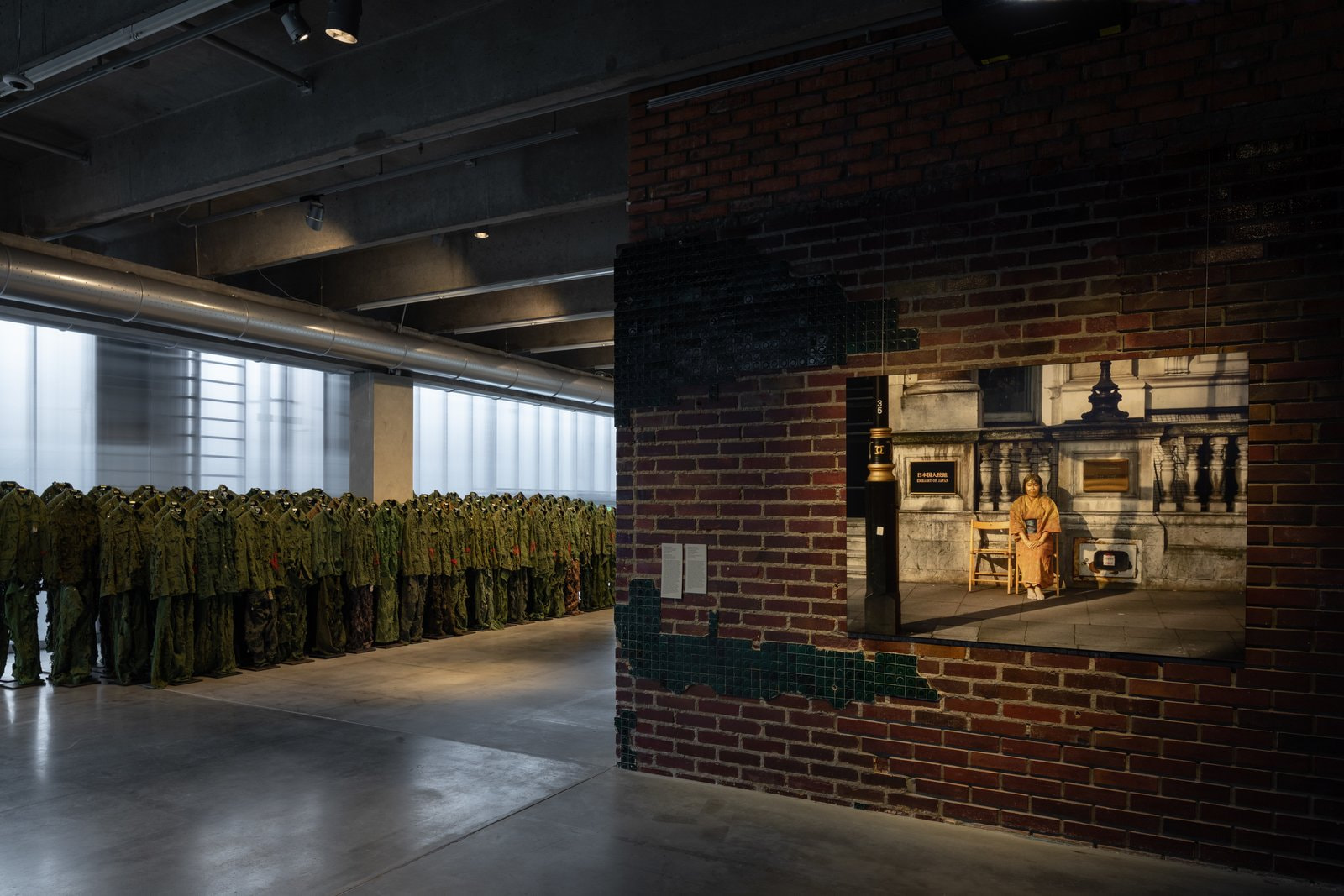Spirit Labor: Duration, Difficulty, and Affect Mobile Guide
In memory of Nikita Alexeev
The exhibition Spirit Labor brings together artists from a range of geographies and different generations, who at various stages of their careers have engaged in investigating and challenging the most significant and complex substance known to humans— time. The English title of the exhibition, Spirit Labor, is borrowed from the eponymous video essay by the British performance historian and curator Adrian Heathfield, in which he analyzes a specific type of artist’s labor based on overcoming forces such as time or natural phenomena. The Russian title—In Service to Time—opens up the theme from a slightly different angle, drawing attention to the extent to which humans are dependent on time, which is, in essence, a non-renewable resource.
In examining time through the dimension of the spirit, the exhibition explores the many different aspects of what duration(al) can mean, with a special focus on practices from Asia, the Caucasus, and Eastern Europe. Yet Spirit Labor, as artist Melati Suryodarmo has pointed out, is not about spirit itself (at least not in the religious and transcendental meaning of the word) but about the underlying principle behind the making and performing of some works that betrays a sustained practice of spirit. Thus, the focus on spirit becomes a focus on duration, which in turn often becomes a focus on viscous, problematic, unhistorical time, producing works that are hard to make and live through, regardless of whether they take an hour to create (and even less time to view) or gradually manifest throughout the artist’s life.
A sustained practice of spirit can be seen in the “body,” which becomes very present in the exhibition. We can see this through the narrative, which starts from endurance and body art and moves back and forth between conceptual and bodily practices. However, the exhibition design encourages the body of the viewer to be in an almost “confessional” confinement, encountering each artwork within separate cubicles made of concrete (the visual and technical properties of which were originally conceived to be “in service to time”). This recurring insistence on the “presence” of the body, even when we are faced with only traces of it, is related to the unique capabilities of human and non-human bodies to affect and be affected, where affect is synonymous with forces of encounter, from the truly “forceful” to the minuscule, almost molecular “shimmer.” Affect through a body and its duration is a confirmation of that body’s belonging to this world, to the processual, born from inbetweenness, the flow of life. Affect is necessary, to a certain degree, to rescue art from becoming an antonym of life and a powerless agent in the face of economic, ecological, social, and political forces.
Spirit Labor is an attempt to recuperate difficulty as a productive concept for contemporary art. Some of the works are difficult to endure as a viewer. They can at times be barely tangible (as a work can take a lifetime to manifest or may be too monotonous), visceral, repetitive or simply not visible, thereby encouraging labor as part of the viewing experience by prompting the viewer to reflect on why and how a work is difficult and for whom.
Snejana Krasteva, Andrey Misiano
